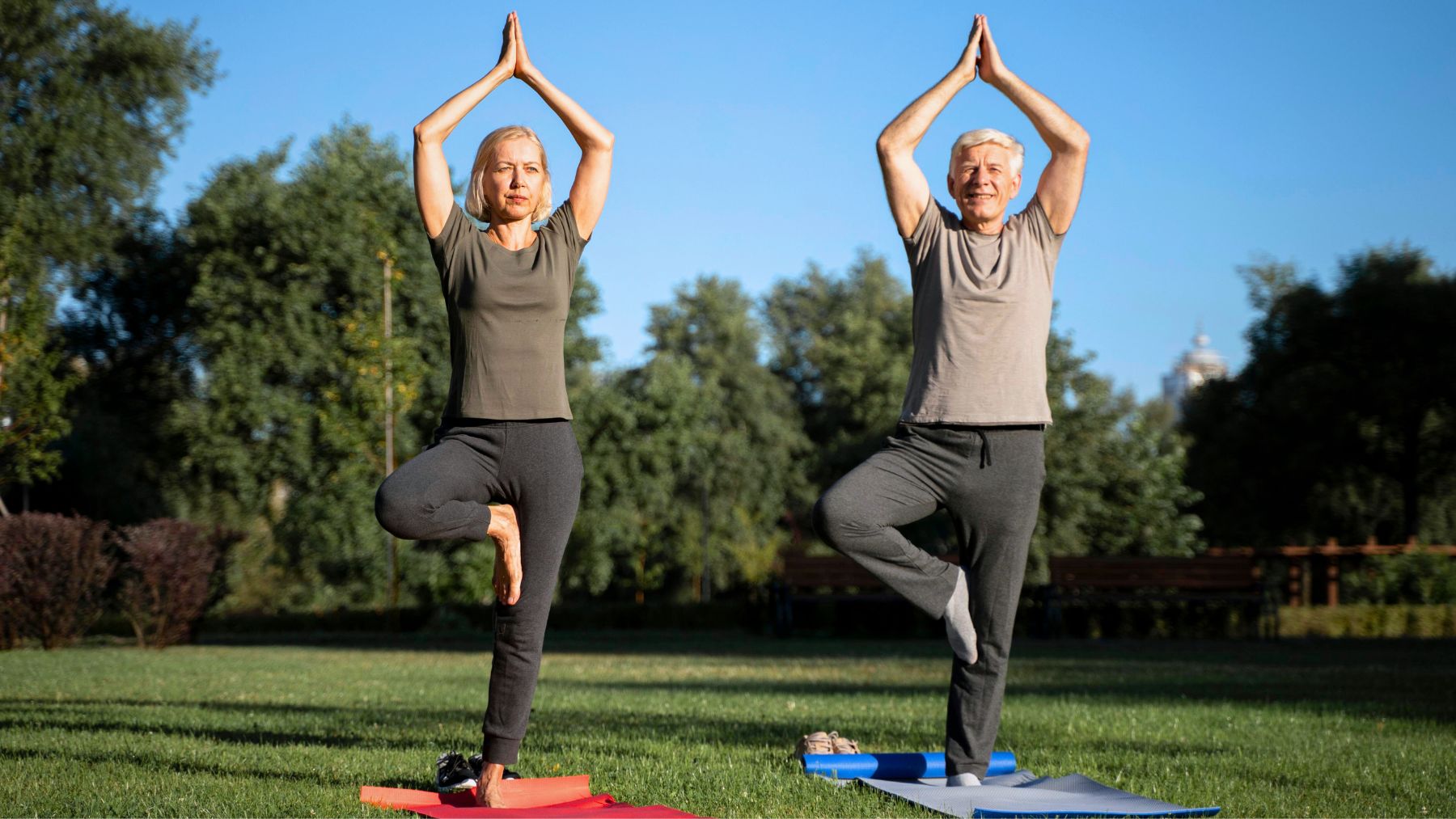If you have been feeling unsteady lately, know that diminished stability is a familiar part of aging, but it does not have to define your daily life. A single, targeted exercise can enhance your balance and strength, keeping you steady on your feet and lowering your risk of falls.
Exercise scientist Pete Williams advises adopting an exercise that he calls “step and 90 rotation” to fortify essential muscle groups and refine your coordination. In the sections that follow, we’ll detail how to perform this exercise as well as its benefits in preventing falls. We’ll also introduce a couple of complementary moves to boost stability.
The step and 90 rotation: the balance booster for seniors over 60
This exercise engages the core, hip flexors, lateral glutes, and ankle stabilizers, muscle groups critical for maintaining an upright posture and balance. Follow these steps to perform it effectively:
- Stand tall with your feet hip-width apart and look at a fixed point on a wall to help maintain your balance.
- Lift your right knee toward hip height, bending it to approximately 90 degrees. As you do so, gently rotate your torso to the right while keeping your core engaged.
- Hold this position briefly, focusing on sustaining your balance.
- Slowly step your right foot forward onto the floor.
- Repeat the movement on your left side: lift your left knee while rotating your torso to the left, pause momentarily, then step forward.
- Continue alternating sides, moving forward in a controlled manner for about two minutes.
Why is this exercise so effective?
Raising your knee boosts your hip flexors—the muscles that propel your foot over obstacles—while the twisting motion challenges your core and lateral glute muscles that stabilize and align your hips during movement. This not only enhances your balance and gait mechanics but also activates the muscles around your ankles, which are essential for preventing slips.
It’s perfectly normal to experience a slight wobble, as that response signals that your muscles are being effectively engaged. If you feel especially unstable, perform the routine between two sturdy kitchen counters or lightly grip a wall or chair for additional support.
More exercises to enhance stability
Combining the “step and 90 rotation” with other exercises creates an even stronger foundation for fall prevention. Take inspiration from the following moves:
- Heel-to-toe walking: Find a clear hallway or open pathway. Position the heel of one foot directly in line with the toes of the other, as if you were walking on a tightrope. Take slow, deliberate steps while focusing on precise foot placement. Walk 10-15 steps forward, then carefully turn around and walk back. This exercise challenges your lateral balance and improves coordination and ankle stability.
- Chair sit-to-stands: Sit toward the front of a sturdy, armless chair with your feet flat on the floor and positioned slightly back. Lean your chest gently forward over your toes, and rise in a smooth, controlled motion by engaging your leg muscles, avoiding the use of your hands if possible. Then perform a squat until seated position slowly and deliberately. Aim for 8-12 repetitions. This exercise builds strength in your quadriceps and gluteal muscles, which are key for rising from a chair, climbing stairs, and stabilizing yourself when losing balance.
This straightforward routine takes only a few minutes but offers significant benefits for preventing falls and supporting independent living. Emphasize smooth, controlled movements and always ensure safety by keeping supportive aids nearby.

